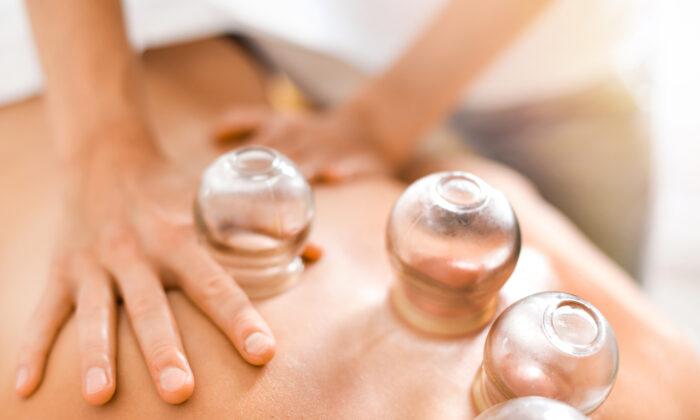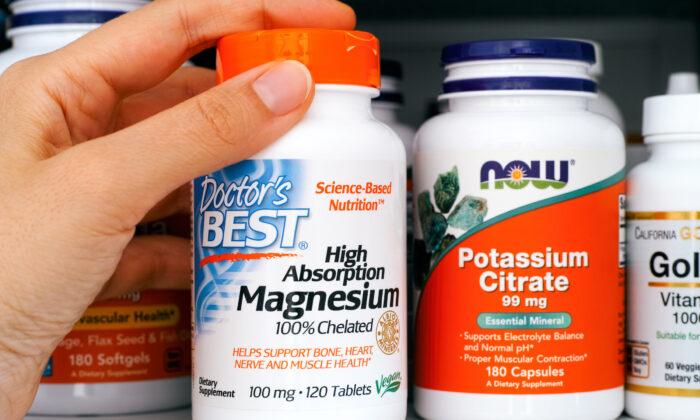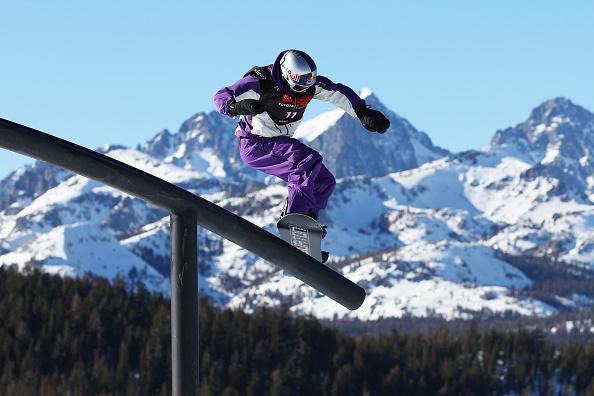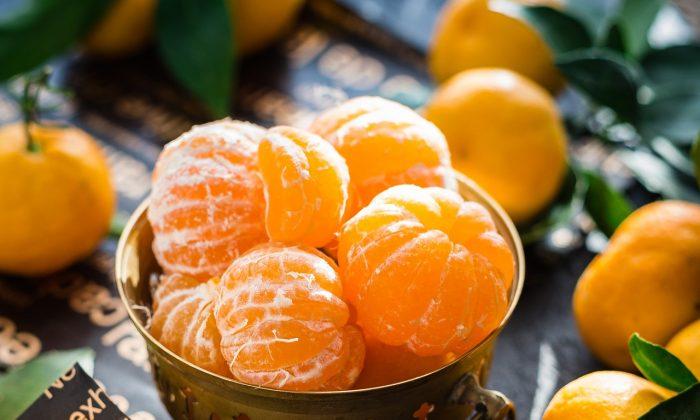I’ll bet there are many Winter Olympic athletes who use cupping, but they may be hard to find. We notice cupping more often in the Summer Olympic Games – no surprise – because the athletes wear very skimpy uniforms instead of heavy parkas and snow pants. Several Olympic swimmers have displayed the round, colorful marks during their competitions.
Patients usually feel a tight sensation in the area of the cup – it feels good and relaxes aching muscles. If it is too tight, the practitioner can adjust the amount of suction to provide greater comfort. When the cups are removed, everyone talks about feeling a release of tension and tightness – it often feels very relaxing!
And what about those of us who are not landing quad jumps or snowboarding backflips? For the rest of us, cupping is effective to enhance circulation, help relieve pain, and pull toxins from your body’s tissue. It often gets good results for patients who suffer from chronic fatigue syndrome, flu, colds, back pain, coughs, allergies, muscle pain, fevers, bronchial congestion, arthritis and anxiety.
Cupping is also the type of treatment from which almost everyone benefits. The exceptions are sensible; Cupping therapy should be used with caution among pregnant women and patients who bleed easily and/or cannot stop bleeding. In addition, cups should not be applied to areas of the body with skin ulcers, edema, infection or large blood vessels. Everyone else, enjoy!





